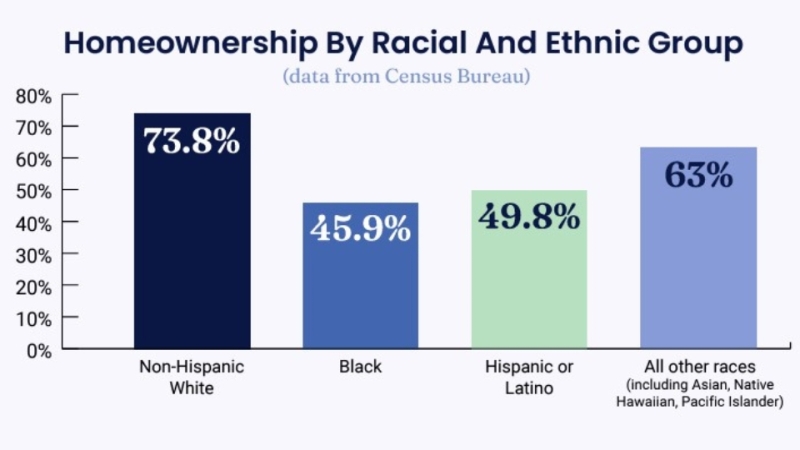Advertisement
Harvard Report Details Sub-Prime's Boom to Bust

A report released by researchers at the Joint Center for Housing Studies of Harvard University details the aftermath that the sub-prime crisis has left on individuals, communities, the national economy, and the global financial marketplace. "Understanding the Boom and Bust in Non-Prime Lending," co-authored by Eric S. Belsky and Nela Richardson, also looks at how the practice of pooling sub-prime mortgages into securities that were sold to investors contributed to the nation's economic demise and burst of the housing bubble.
The report points out four major contributors to the sub-prime collapse and eventual demise of the economy:
►Global liquidity which led to low interest rates, expectations of rapidly rising home prices, and greater leverage;
►The origination of loans with unprecedented risks through relaxed underwriting standards and the layering of risk, especially in the private-label securities market and in the portfolios of some large banks and thrifts;
►The magnification, multiplication, and mispricing of this risk through financial engineering in the capital markets; and
►The failure of the market and regulations.
"Financial engineering on the capital markets, for its part, resulted in large amounts of non-prime securities receiving AAA ratings that increased demand for risky non-prime loans and kept credit flowing to them," said the report. "And failures to adequately price and rate risk, align incentives and monitor counterparty risk effectively also contributed."
Click here for a full copy of the report.
For more information, visit www.jchs.harvard.edu.
About the author





